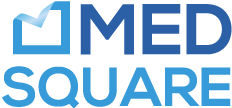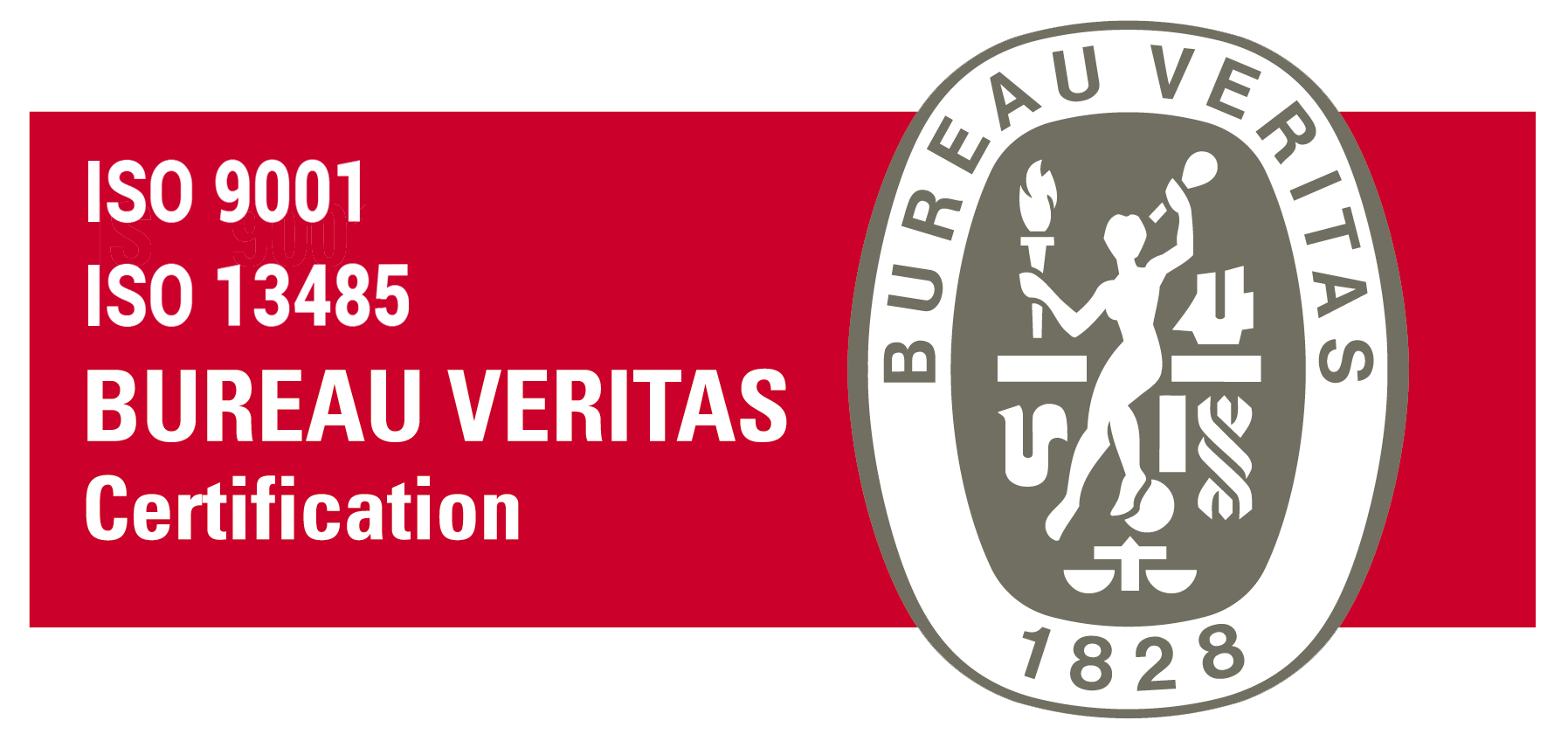Blog
Justification: Directive 2013/59/Euratom strengthens this pillar of patient radiation safety
Written by : Karen Frangie - 31/07/18 - In Blog
The justification principle is part of the new Directive 2013/59/Euratom. The directive strengthens this principle − one of the pillars of radiation safety − and includes it in the regulations of the member countries of the European Union. Justifying medical imaging interventions entails doing only necessary examinations first of all and, when several medical imaging techniques provide the same result, choosing the technique that is least risky for the patient.
Article 55 − the use of radiation must be justified in medicine
Because of the risks associated with ionizing radiation, all individual exposures for medical purposes must be justified in advance, taking into account the specific objectives of the exposure and the characteristics of the patient concerned.
The Directive 2013/59/Euratom strengthens the following sections of Article 55 concerning justification:
• Article 55.2.a : new types of practices involving medical exposure are justified in advance before being generally adopted;
• Article 55.2.c : if a type of practice involving medical exposure is not justified in general, a specific individual exposure of this type can be justified, where appropriate, in special circumstances, to be evaluated on a case-by-case basis and documented;
• Article 55.d : the referrer and the practitioner, as specified by Member States, seek, where practicable, to obtain previous diagnostic information or medical records relevant to the planned exposure and consider these data to avoid unnecessary exposure;
• Article 55.f : specific justification for medical radiological procedures to be performed as part of a health screening program are carried out by the competent authority in conjunction with appropriate medical scientific societies or relevant bodies.
Thus, the justification part of the directive focuses primarily on radiation safety and highlights the importance of dose monitoring solutions in answering the main preliminary questions concerning the justification of a medical imaging examination: Has this examination ever been practiced before? Do I need the exam? Is this the most appropriate exam? In the case of identical clinical impact, is it not preferable to favor non-irradiating techniques (ex. MRI)? Medsquare’s Radiation Dose Monitor (RDM) solution provides answers to all of these questions.
Dose monitoring solution: a valuable tool for justification
In addition to recording the dose delivered to the patient, the role of a dose monitoring solution goes further to include justification of the intervention. Indeed, in just a few clicks, Medsquare’s Radiation Dose Monitor (RDM) solution naturally encourages healthcare professionals to quickly and easily justify the patient’s examination.
Two paragraphs in Article 55 underline the importance of justification, thus highlighting the patient’s safety in addition to the quality of the image.
The RDM patient dose management solution is a valuable tool for justification for these reasons:
• Dedicated screen for tracking alerts and justifications
• Fast and easy justification with ability to create custom fields
• Instant access to the patient’s dose history for decision-making thanks to the portfolio feature (ability to attach any file or image to the patient records)
• Ability to understand and question one type of exam when the prescribed exams are all necessary and appropriate
• In-depth analysis of the time and type of the patient’s examination
The role of the radiographer in strengthening radiation safety through justification n
The radiographer plays an important role in authorizing and justifying the medical exposure by communicating the risks of exposing the patient to the radiation. The radiographer is able to visualize the patient’s irradiation level via color codes defined according to the Diagnostic Reference Levels (DRLs). He or she can also justify an overexposure by adding a comment directly to the RDM interface.
In addition, the easy addition of the patient’s weight and size, and the reassignment of modified procedures under examination (a TAP becomes a TAP-skull, for example), allow the radiographer to respond in a few seconds to the requirements of the new Directive 2013/59/Euratom, which came into force in February 2018. It has been observed that this level of attention and control naturally causes a significant decrease in the radiation dose.
The French Nuclear Safety Authority (ASN) calls for new actions to strengthen justification and optimization
In addition, the latest article of the French Nuclear Safety Authority (ASN) calls for new actions to strengthen the justification and optimization of doses of ionizing radiation delivered to patients (see article). The ASN reiterates the importance of controlling the doses delivered to patients benefiting from medical imaging examinations, and as such, considers the following three actions a priority:
• Promote the use of the guide to the good use of medical imaging examinations by general practitioners as examination applicants;
• Deploy progressively the new continuous training system for imaging professionals to the radiation safety of patients and staff;
• Involve the medical physicist to optimize the doses delivered to patients, in particular for examinations with scanners and for interventional practices.
Finally, RDM enables justification to be implemented effectively, strengthening patient radiation protection and meeting the requirements of Directive 2013/59/Euratom.
 Download PDF
Download PDF
